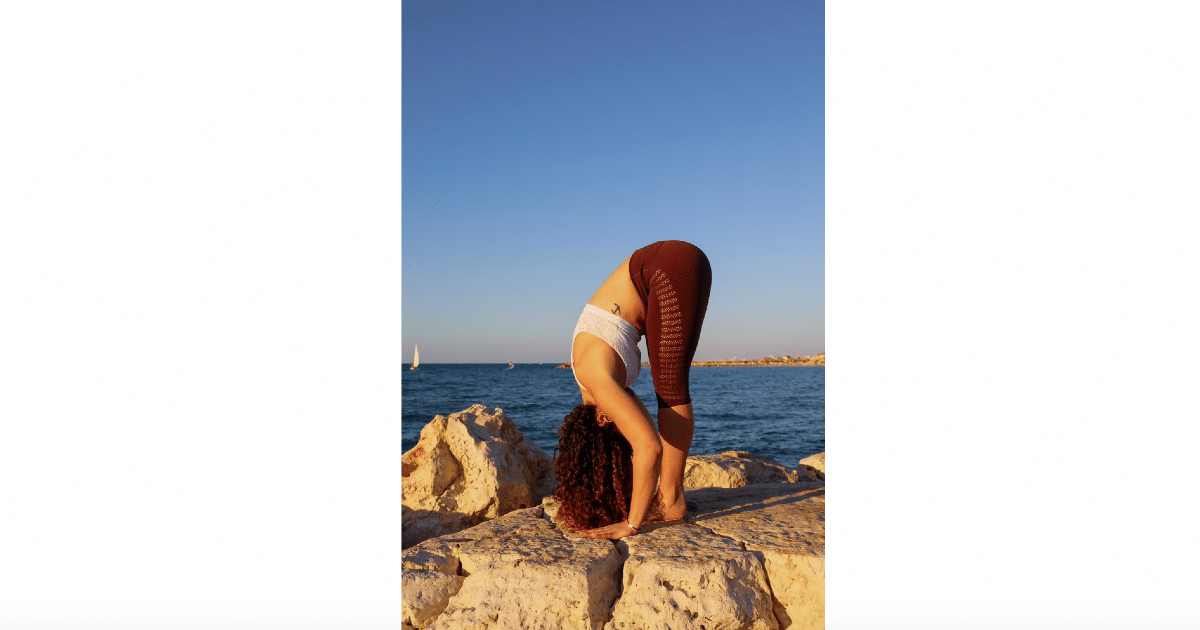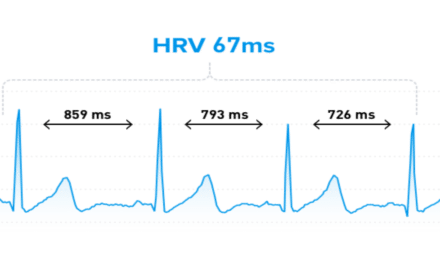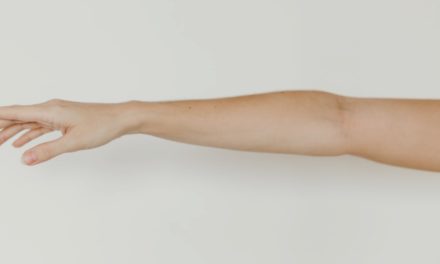Stretching the hamstrings is essential for me to complete daily. Ensuring that the hamstring remains loose prevents knee injuries, tightness in the glutes, lower back pain, and general injuries. Numerous people have tightness in the hamstring due to sitting down for most of the day or using the hamstring extensively. Either way, reducing tightness in the hamstring is beneficial for everybody. I have mentioned stretching the hamstrings, but I have not discussed how exactly to do this. I do not discuss the hamstring band stretcher in this blog, but it is in a previous post. This blog looks at five simple techniques you can use at home or outside. Very Well Fit’s article called “5 Simple Stretches for Tight Hamstrings,” they discuss three stretches I use regularly.
The first stretch is universally known. It involves you sitting on the floor with both legs out straight and extending your arms, and reaching forward in an attempt to touch your toes. You need to make sure your knees remain straight and if they lift before you touch your toes, stay in that position for approximately 30-90 seconds. For a remarkable stretch, perform this exercise 2-3 times.
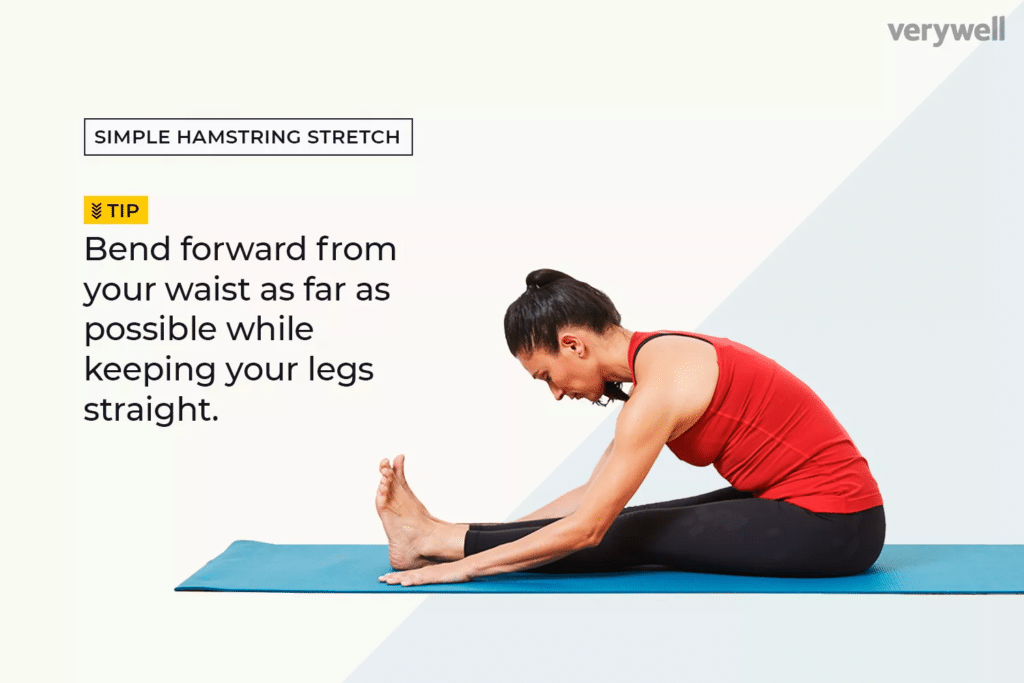
The next stretch is called the hurdler hamstring stretch. You must get into the same position; however, only one leg extends forward while the other leg’s foot remains on the inner thigh. Like the other stretch, you will extend your arms and attempt to touch your toes without your knee lifting up from the floor. The same time frame and sets work for this stretch as well.
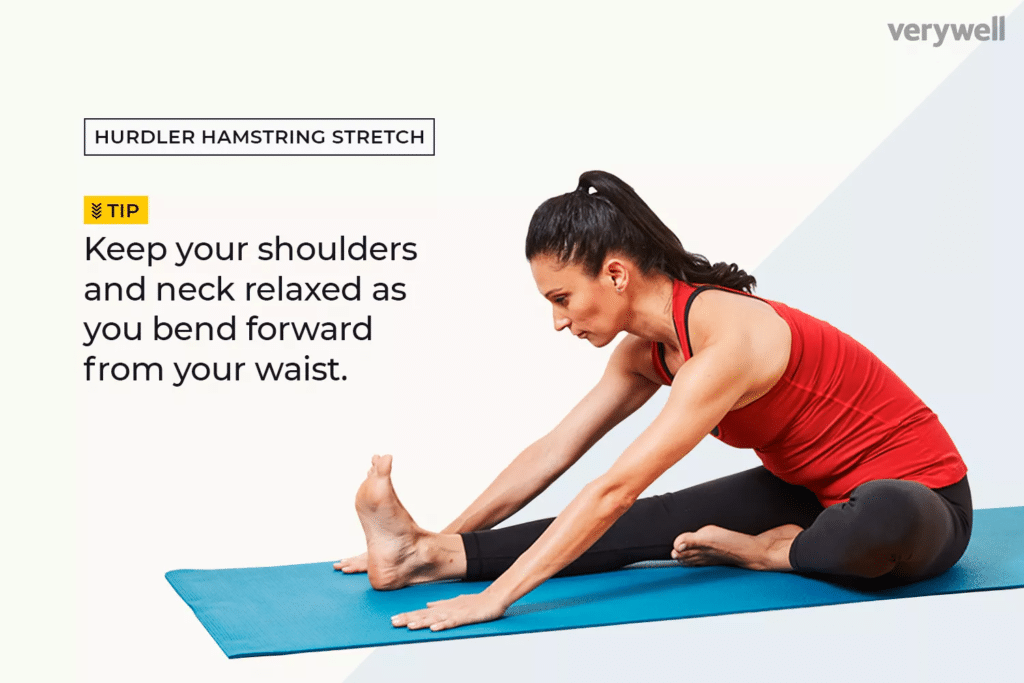
The third stretch is a standing version of the hamstring stretch. For this stretch, the first thing you need to do is stand up with your legs straight and right next to each other. Then, I want you to cross your right leg over the left leg. Slowly lower your forehead to the right knee by bending at the waist. Remember to keep your knee straight. After you did for 30-90 seconds, repeat the same technique by crossing your left foot in front of your right and leaning down towards the left knee. Completing three sets of this stretch will give the most optimal results.

Pure Wow made an article “The 10 Best Hamstring Stretches to Relieve Tightness (Because You Feel Like You’re About to Snap,” going into more depth for stretches in the hamstring. The fourth stretch is a variation of the previous exercise and is a standing version of the hamstring stretch. For this stretch, the first thing you need to do is stand up with your legs straight and right next to each other. After you extend your arms as far as you can, bend your back down, attempting to reach for your toes. Like the previous hamstring stretches, make sure your knee remains straight while you bend down. The same time frame and sets work for this stretch as well.

The fifth stretch is called the downward-facing dog. Start on all four with your knee hip-width apart and hands directly below the shoulders. Press back into your heels to straighten your legs, knees, and raise your butt into the sky. Make sure your head, neck, and spine are aligned as you press back into your legs. You can also perform an alternating leg stretch by going deeper into the stretch on one foot and repeating this on the other side. The same time frame and sets work well for this stretch also.

The sixth stretch is named the seated wide-leg hamstring stretch. This requires you to sit down with your legs extended as wide as you can in opposite directions. Ensuring that your spine remains long, fold forward, and reach your arms forward until you feel a good stretch in the back of the legs. Making sure both legs remain straight, slowly crawl your hands further with each exhale. The same time frame and sets are most effective for this stretch.

The seventh stretch is called the rotating toe touch. It involves you standing with your feet wider than hip-width apart, with your arms stretch out to your sides at shoulder height. While keeping both legs straight, twist your torso, and extend your right arm down to the left ankle. You will repeat this by extending your left arm down to your right ankle. The same time frame and sets will give the most favorable outcome.

The eighth and final stretch I will discuss is a standing hamstring stretch that focuses on one leg alone. Stand with your feet hip-width apart and place the right heel in front of your body with your foot flexes/toes pointing up. Put a slight bend in your left knee and then slowly lean forward, placing your hands somewhere knee your knees (on the knee, upper calf, lower thigh, upper thigh, etc.). Repeat this on the opposite leg where you put a slight bend on the right knee and use your arms to learn towards your left foot.

There is one important thing to remember with hamstring stretches. For muscular dystrophy patients, you most likely always have tightness in the hamstring and should perform these exercises frequently. However, there is still a chance you can overextend the muscle, which you can notice but pain/discomfort when you perform hamstring stretches. When this happens, relax the muscles and perform light exercises to keep them active. It is necessary to continue to exercise the hamstring in an attempt to improve strength in that area. Most hamstrings are tight because they have a weakness, which is why people with muscular dystrophy have far more extensively. It is best to perform these stretches while performing exercises in an attempt to improve the muscle. Cardio exercises like the bike, walking, or swimming can improve the hamstring muscles. There are also rubber band exercises and hydraulic machines that can target the hamstring safely. Many concentric related activities can improve the hamstring (plank being one of them), which I will discuss later.

